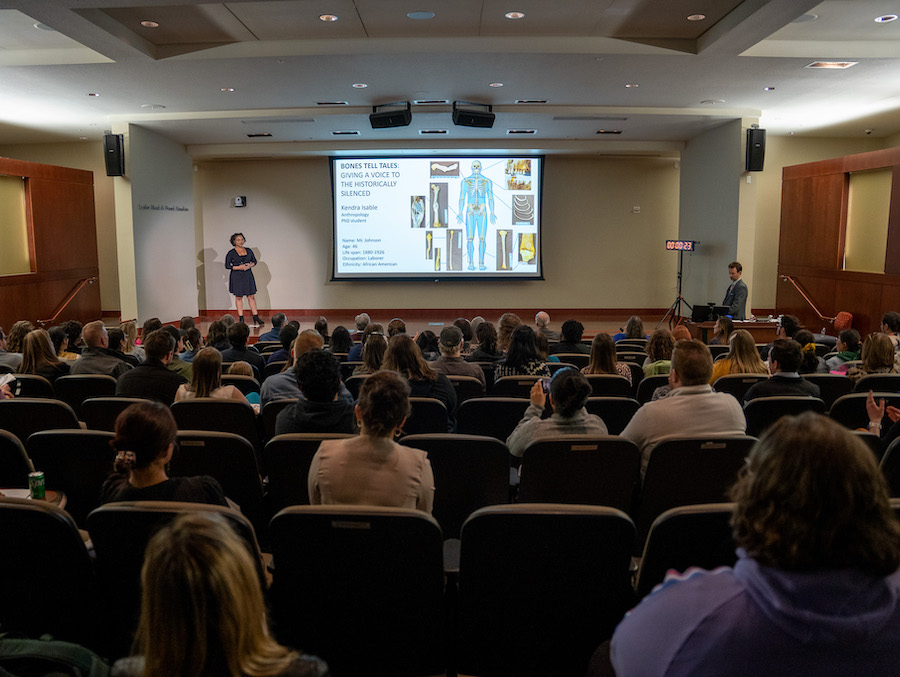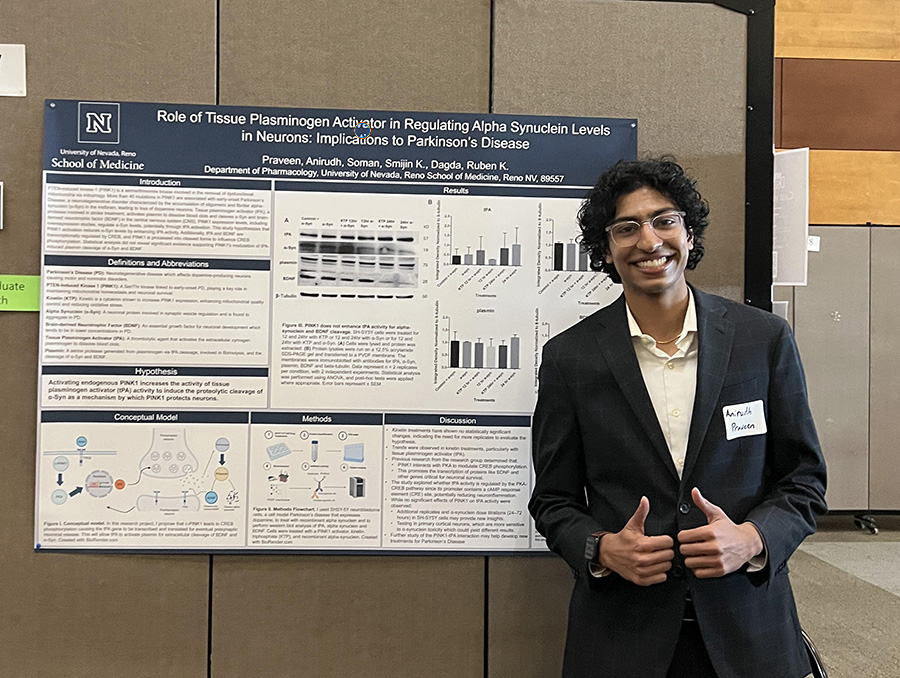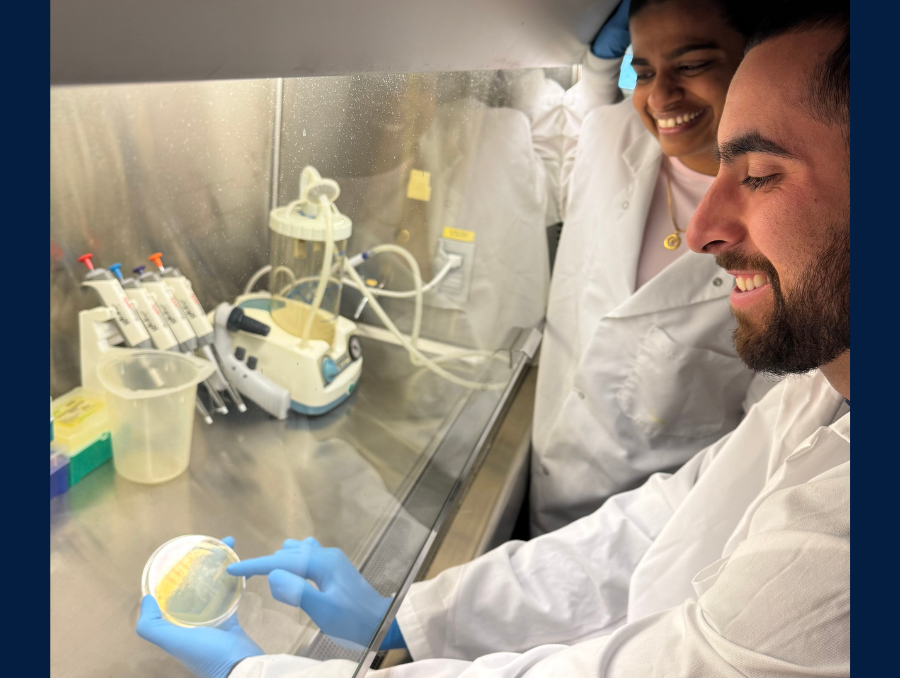Putting the water-use-efficient and turbo-charged photosynthesis from plants such as agave into woody biomass plants such as poplar can hedge against predicted long-term increases in temperatures and reduced precipitation. It can also provide dedicated energy crops suitable for establishment on marginal land as a source of renewable biomass.
A five-year, multi-institutional $14.3 million United States Department of Energy grant to explore the genetic mechanisms of crassulacean acid metabolism (CAM) and drought tolerance in desert-adapted plants was awarded to a team of researchers including John Cushman, a biochemistry professor at the University of Nevada, Reno; Xiaohan Yang at the Oak Ridge National Laboratory (ORNL); James Hartwell at the University of Liverpool, UK; and Anne Borland at Newcastle University, UK and ORNL. They aim to apply this knowledge to biofuel crops.
The team will develop novel technologies to redesign bioenergy crops to grow on economically marginal agricultural lands and produce yields of biomass that can readily be converted to biofuels. The development of water-use efficient, fast-growing trees such as poplar for such sites will also help reduce competition with food crops for usable farmland.
"With climate change predictions for a 7 degree Fahrenheit (3.8 degree C) increase in temperature and a decrease in reliable precipitation patterns by 2080 for much of America's breadbasket, and with a greater need for sources of biofuels for transportation, these biodesign approaches to enhancing biomass production become very important," Cushman, director of the project, said.
The long-term goal of the proposed research is to enhance the plant's water-use efficiency and adaptability to hotter, drier climates. The metabolic mechanisms in species that normally perform photosynthesis during the day (known as C3 photosynthesis) will be altered so the plants can take up carbon dioxide at night, when the potential for water loss is lower. This specialized mechanism of nocturnal photosynthesis is known as CAM.
The pores on plant leaf surfaces, called stomata, open and close at certain times of the day to allow water and carbon dioxide to be exchanged. With CAM, the exchange happens mostly at night, when it is cooler and more humid, and then C3 photosynthesis occurs during the day in a more water-wise manner. CAM species can grow and thrive with about 8 to 16 inches of precipitation a year, far less than the 20 to 40 inches per year required for current biofuel feedstocks.
"In order to identify the optimal 'parts-list' for introducing CAM-like properties into other plants, we will undertake groundbreaking research on a diverse range of plants that use CAM, with the goal of identifying the key genes and proteins required to make this photosynthetic adaptation work efficiently," Hartwell said.
The CAM-like properties will be introduced into poplar trees using comprehensive plant transformation approaches.
"We will introduce changes that enable poplar to take up carbon dioxide at night and subsequently process this carbon during the day while the leaf pores remain closed," Borland said. "If successful, our research could lead to poplar that requires up to 80 percent less water for biomass production and consequently will be able to grow in more marginal habitats. In the longer term, the technology has the potential to help tackle food security by maintaining the productivity of food crops in the drier and warmer world that climatologists predict for the next 60 years."
"We're focusing on poplar due to its fast-growing nature and wide-ranging habitat, which has led to it gaining worldwide recognition as a dedicated feedstock for biomass production; plus poplar has a rich portfolio of genetic and genomics tools and resources," Yang said. "The relatively low water-use efficiency resulting from C3 photosynthesis in poplar is a limiting factor for sustainable production of poplar tree biomass on marginal land. The biodesign principles and genome-engineering capabilities developed in this project can be extended to increase the water efficiency of other bioenergy and food crops."
The grant, titled "Engineering CAM Photosynthetic Machinery into Bioenergy Crops for Biofuels Production in Marginal Environments," is funded through the DOE's Office of Biological and Environmental Research, Genomic Science: Biosystems Design to Enable Next-Generation Biofuels.
The research team includes Cushman and Karen A. Schlauch of the University of Nevada, Reno; Hartwell, Susie Boxall and Louisa Dever of the University of Liverpool; Borland of Newcastle University and ORNL, Jin-Gui Chen, Guruprasad Kora, Madhavi Martin, Timothy Tschaplinski, Gerald A. Tuskan, David Weston, and Yang from the Oak Ridge National Laboratory; and Hong Guo from the University of Tennessee, Knoxville.
Of the $14.3 million award, the University of Nevada, Reno will receive $7.6 million, with a sub-grant to University of Liverpool. The Oak Ridge National Laboratory will receive $6.7 million with sub-grants to Newcastle University and University of Tennessee, Knoxville.










